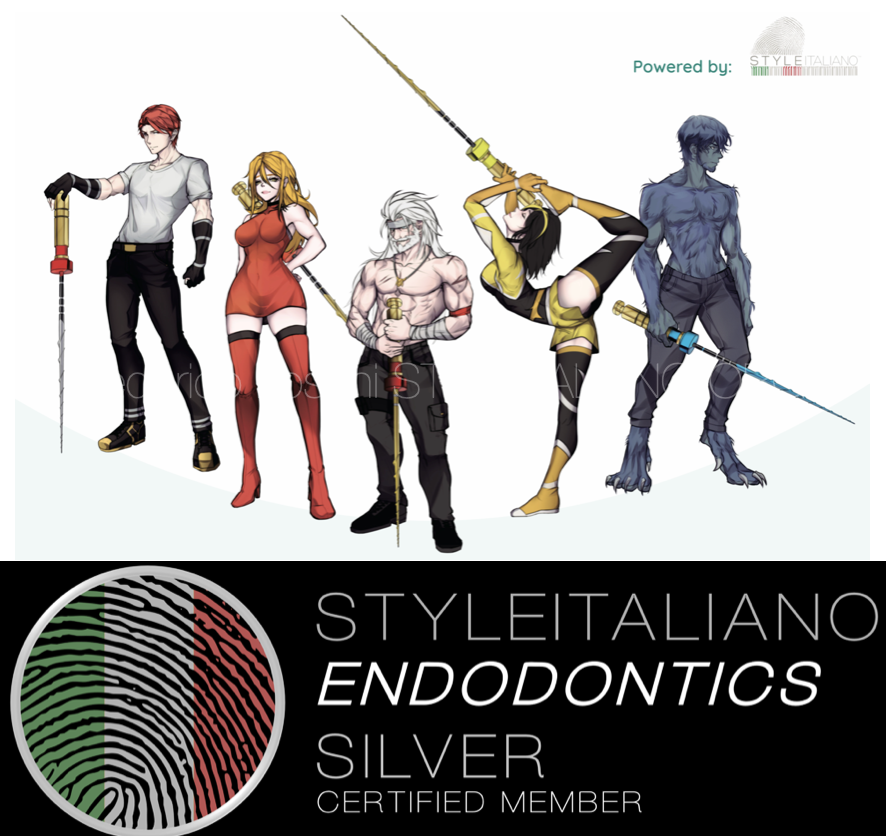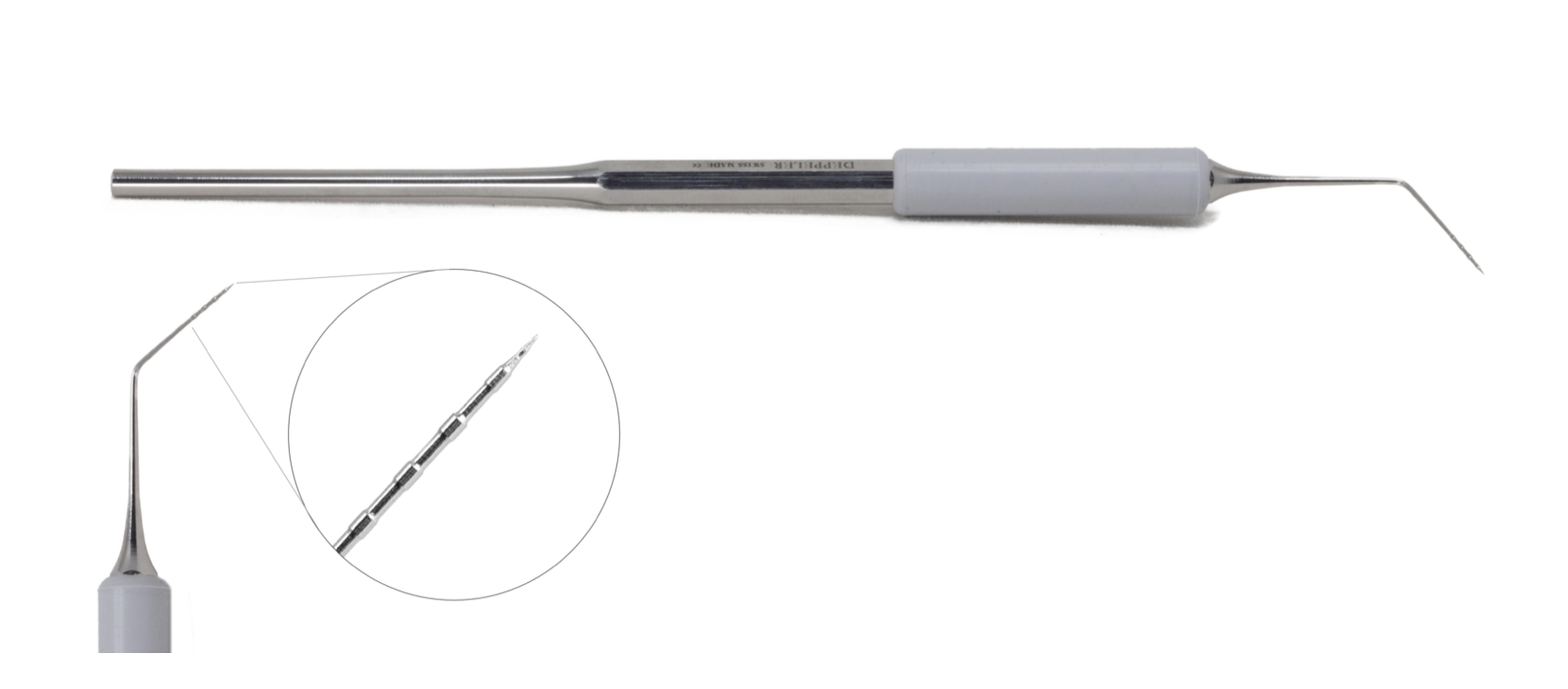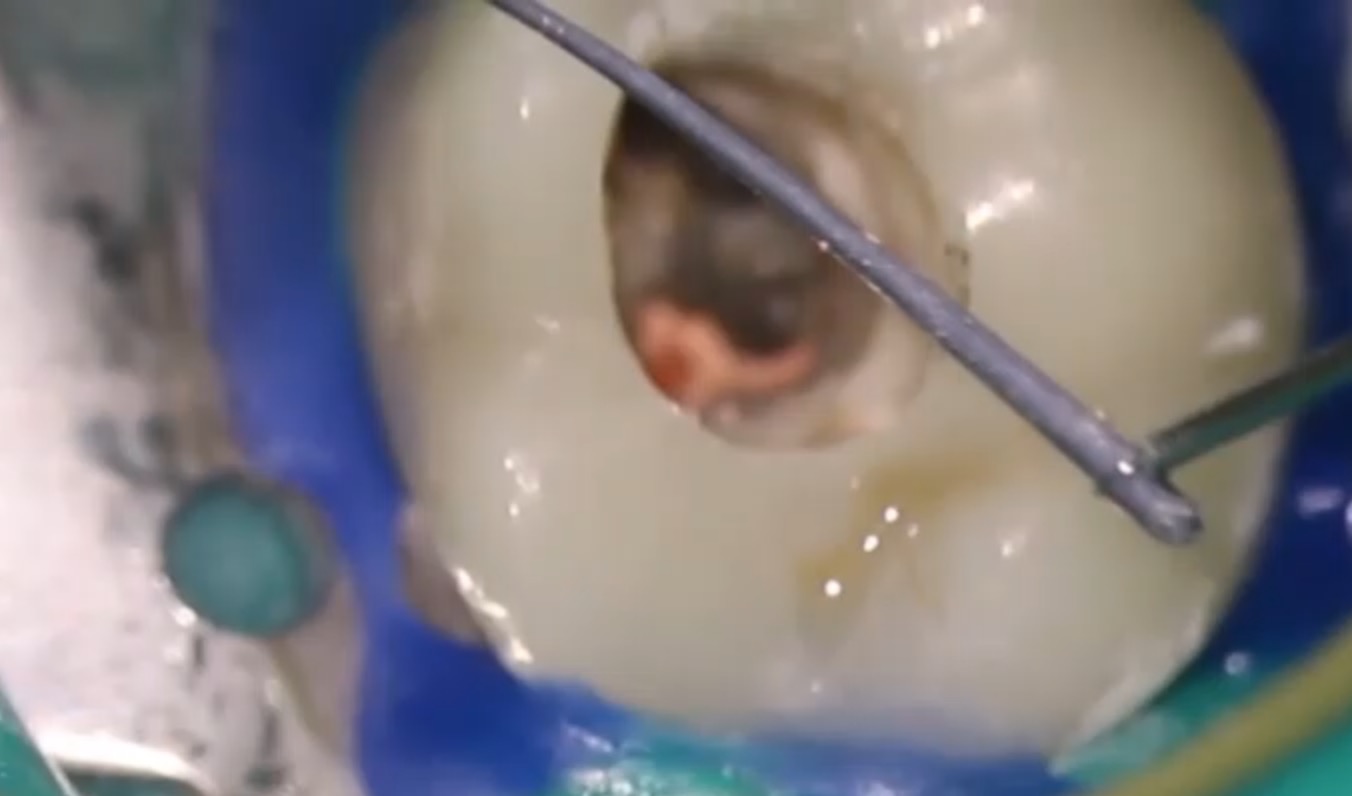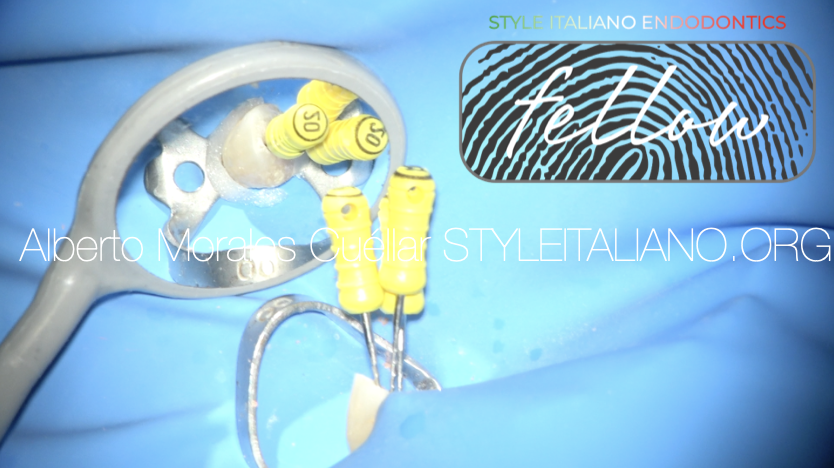
The braiding technique
28/08/2023
Fellow
Warning: Undefined variable $post in /var/www/vhosts/styleitaliano-endodontics.org/endodontics.styleitaliano.org/wp-content/plugins/oxygen/component-framework/components/classes/code-block.class.php(133) : eval()'d code on line 2
Warning: Attempt to read property "ID" on null in /var/www/vhosts/styleitaliano-endodontics.org/endodontics.styleitaliano.org/wp-content/plugins/oxygen/component-framework/components/classes/code-block.class.php(133) : eval()'d code on line 2
In this article, we are going to explain the Braiding Technique, a predictable way to remove materials from inside root canals.
For this technique, we will use Hedstroem files, and is especially indicated to remove plastic carriers during retreatments.
We will see the technical procedure and some clinical cases with video, picture and X-ray.
As we know, the success of a root canal treatment consists in preventing or solving apical periodontitis. For this, we must achieve a correct shaping, disinfection and obturation of the root canals.
During a root canal retreatment, the objective is the same, to clean and fill the root anatomy in three dimensions. With the difference, that usually during a retreatment, we find materials inside the canals that we must remove in order to obtain an adequate treatment.
Within a previously treated tooth, we can find various materials: cements, gutta-percha, pastes, plastic carriers, broken instruments, etc.
Depending on the material/object we are facing, and our knowledge, equipment, and skills, we can use different techniques to achieve our goal.
In this article, we will describe an old technique, called braiding technique, but that can be very useful in some specific cases, especially when what we have to remove from the inside of the canal are plastic carriers.
Carrier-based obturation systems have been used for many years to obturate root canals, such as Thermafill, Soft-Core, Simplifill, Guttacore, etc.
Many factors influence the removal of the plastic carrier, on the part of the operator (knowledge, skills and equipment), such as the anatomy of the canal, as well as the length and size of the carrier.
In general, the greater the width of the canal (eg, oval canals), the easier will be to remove the carrier, since we can easily bypass it with manual files.
In cases in which the canal is round and the carrier is very embedded within, it will be more difficult to remove it.
One of the complications that we can find in these cases is the fracture of the middle/apical part of the carrier, which will make it more difficult to remove it, since the canal becomes narrower each time, the carrier will be more embedded and we will have less vision and poor access to it.
In my opinion, the key in these cases is always to try to remove the gutta-percha that surrounds the carrier, create a space between it and the canal wall and try to overcome it with manual files.
In order not to weaken the root dentin, we must try to enter through the gutta-percha, not to penetrate at the cost of damage the dentin from the root canal wall.
The use of solvents to soften the gutta-percha may be helpful.
Once we have achieved that space, we will try to overcome it to release it from the canal and be able to extract it.
To pull materials from the canal, we can use elements such as Hedstroem files (because of their cross section they help us to pull) or instruments such as Micro opener (same section as the Hedsroem file).
The braiding technique consists in:
- We will place three Hedstroem files surrounding the carrier.
- We will rotate them (braiding movement) to trap the instrument between the files.
- We will pull the three at the same time to try to remove the carrier together with the files
- Sometimes, the carrier is surrounded by the 3 files and other times, even though it is not anchored by them, the force we exert when pulling makes it come coronally.
- Once we have managed to remove the plastic carrier, we will have access to the apical part of the canal to achieve an adequate conformation of the root canal.
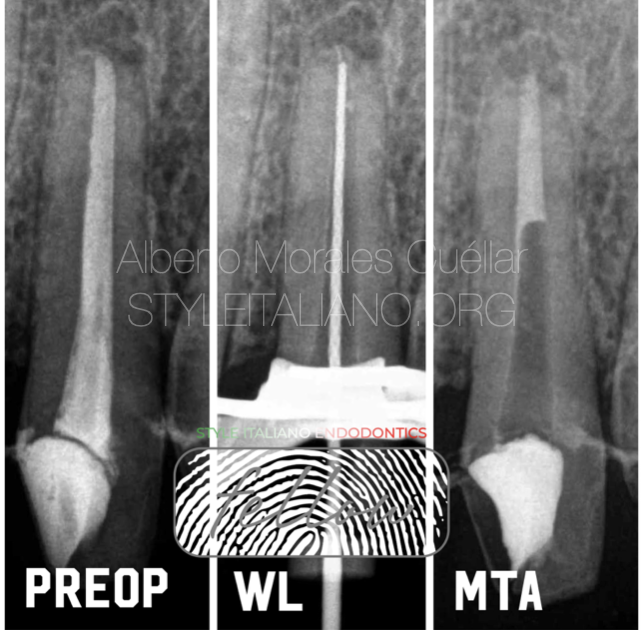
Fig. 1
Retreatment in upper incisor, obturated previously with a carrier based technique.
We removed the carrier with Braiding Technique and obturated it with and MTA plug.
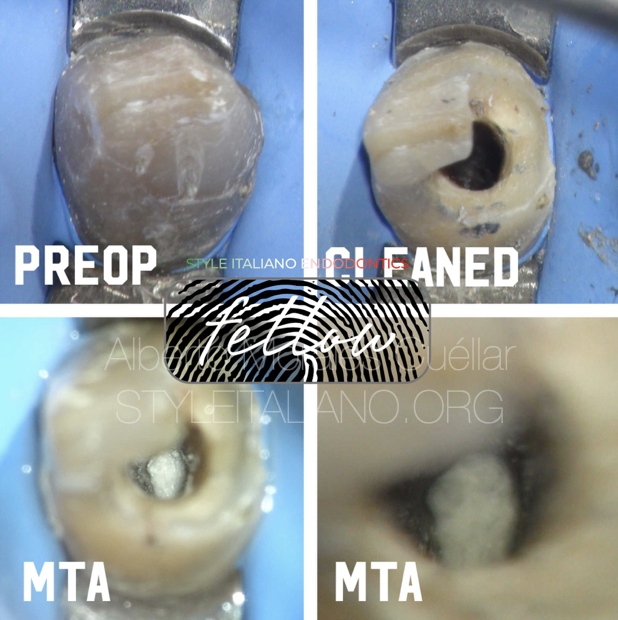
Fig. 2
Images of previous case.
Video of the procedure
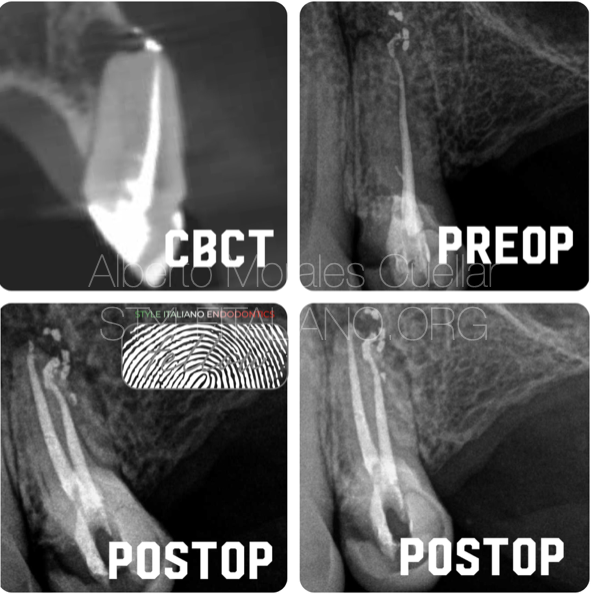
Fig. 3
Case of an upper premolar, with a missed palatal canal, and a plastic carrier in the buccal canal, that was removed with braiding technique.
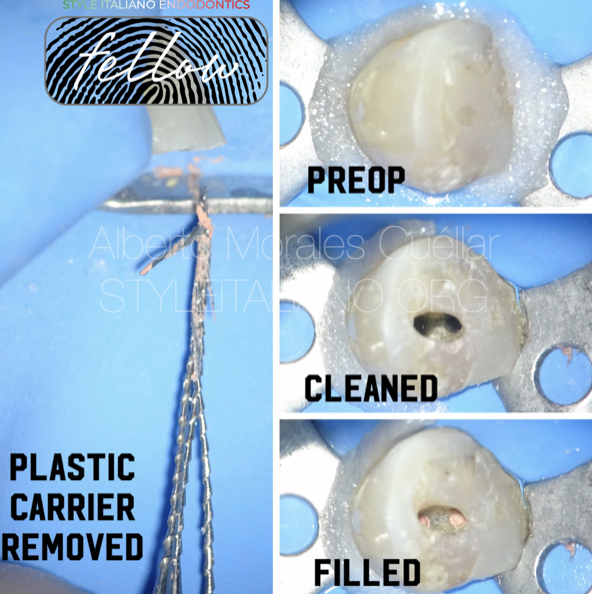
Fig. 4
Images of case
Video of the previous case.
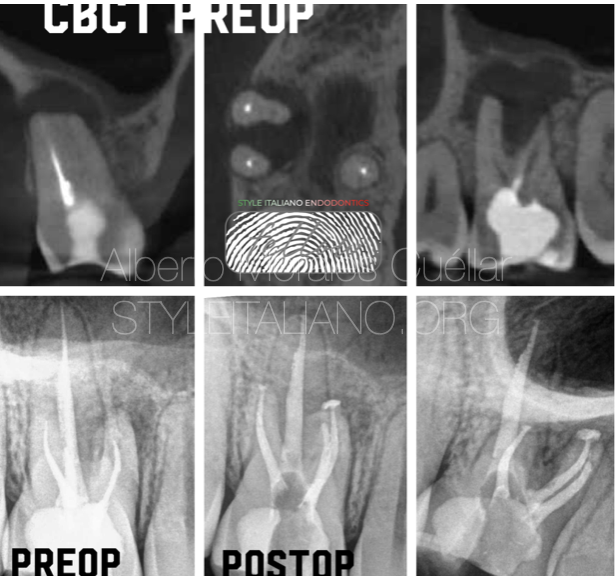
Fig. 5
Another previously treated case with apical periodontitis, obturated with three thermafill carriers, that were removed with the same technique.
Removal of the palatal thermafil carrier.
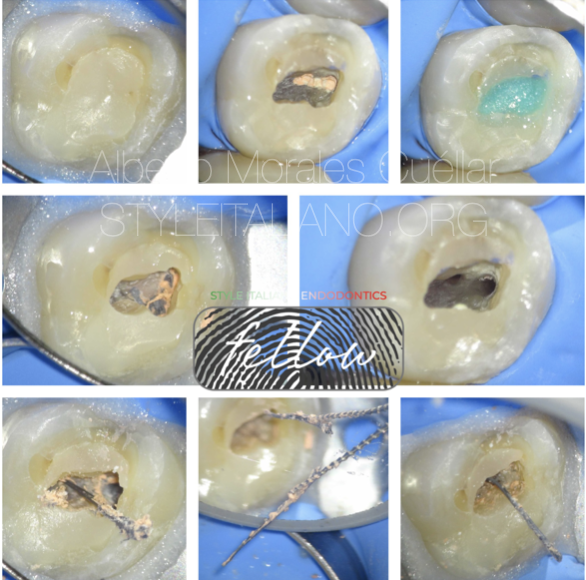
Fig. 6
Pictures of the previous case.
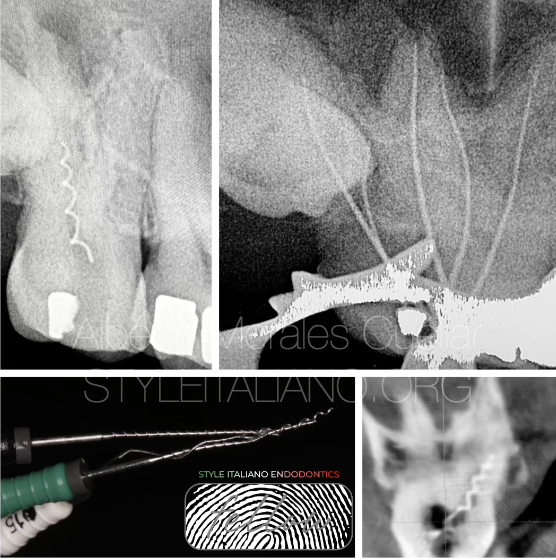
Fig. 7
We can also apply the technique for the removal of fractured instruments, as we see in this case of a second upper molar, which was referred with a broken lentulo inside the palatal canal, which blocked us from accessing the second palatine root (independent of the main root).
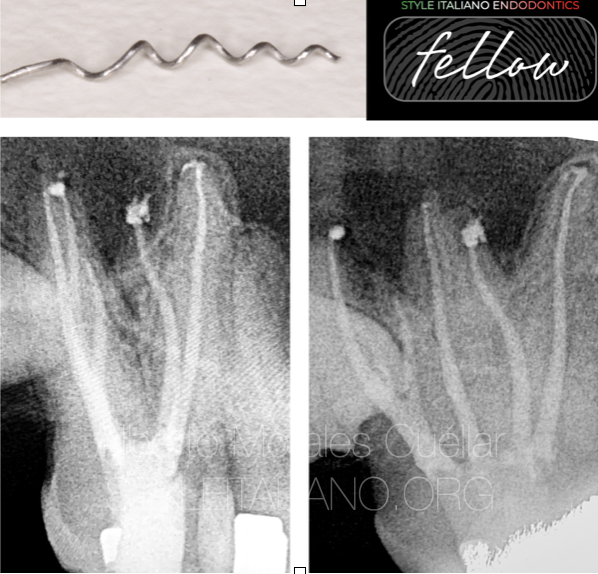
Fig. 8
Case after the endodontic retreatment with the remotion of the broken lentulo
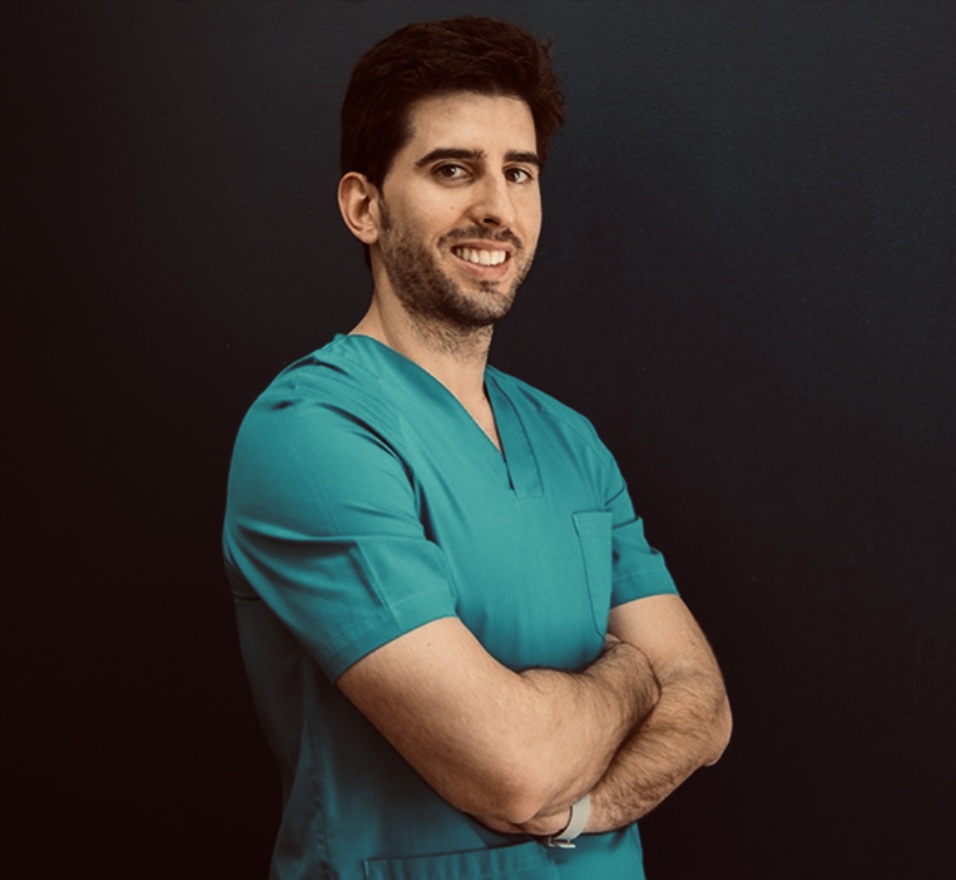
Fig. 9
About the author, Alberto Morales Cuéllar:
Degree in dentistry at the Complutense University of Madrid, 2013
Master in Advanced Endodontics at Rey Juan Carlos University, 2017
Master Periodontics and soft tissue management at CEU Cardenal Herrera, 2020
Professor of Master of Microscopic Endodontics and Apical Surgery (URJC)
Opinion leader of Zarc4Endo
Style Italiano Endodontics Fellow member
Full member of the Spanish Association of Endodontics.
Member of the American Association of Endodontists.
Winner of the Best Training Presentation of the College of Dentists of Madrid
Conclusions
As we have seen in this article, if we have the knowledge, skill and adequate equipment, the braiding technique is a feasible, teachable and reproducible technique for the removal of plastic carriers and other materials inside the root canal.
Bibliography
Shimon Friedman, Adam Stabholz, Aviad Tamse, Endodontic retreatment—Case selection and technique. Part 3. Retreatment techniques, Journal of Endodontics, Volume 16, Issue 11, 1990, Pages 543-549,
Ya Shen, Bin Peng, Gary Shun-Pan Cheung. Factors associated with the removal of fractured NiTi instruments from root canal systems. Oral Surg Oral Med Oral Pathol Oral Radiol Endod.
B Suter, A Lussi, P Sequeira. Probability of removing fractured instruments from root canals. Int Endod 2005 Feb;38(2):112-23


